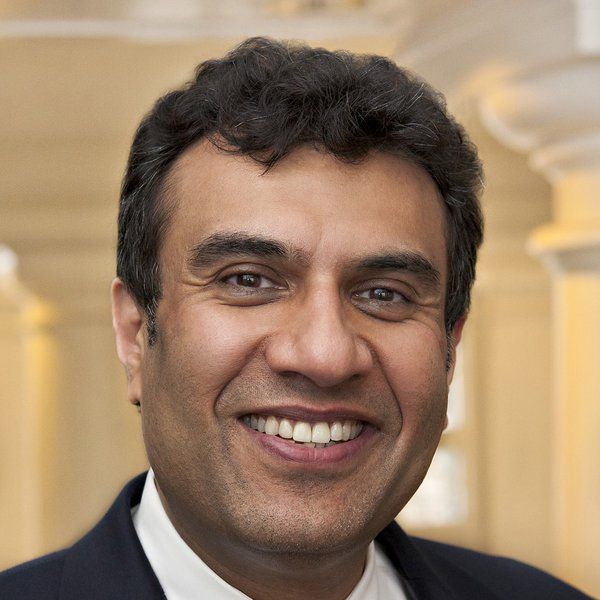Article
Poverty Among US Children
Author(s):
This week’s research news regarding how children are faring in our current economic state underlines the urgent need for our government to take remedial action.
Harry Reid’s announcement this week that healthcare reform may be pushed forward to 2010 came at an unfortunate time nationally, both in terms of potentially shifting political will and falling public morale. This week’s research news regarding how children are faring in our current economic state underlines the urgent need for our government to take remedial action.
Research findings from Johns Hopkins slated for publication in the next issue of the Journal of Public Health suggest that hospitalized children without healthcare insurance are 60% more likely to die than children with insurance.
If you read the press release available now, you’ll note that insurance status did not appear to affect the length of hospitalization, only the success of treatment. The researchers are convinced that a lack of insurance contributed to factors, such as an initial presentation at the emergency room with more advanced disease, that lead to the deaths of thousands of children. Hopefully this will come to the attention of the general public as the healthcare debate continues.
A call to action for pediatricians is issued by Paul H. Wise, MD, MPH, of Lucile Packard Children's Hospital and Stanford University, Stanford, California, in an editorial to be published in the November issue of Archives of Pediatrics & Adolescent Medicine (www.jamamedia.org). Dr. Wise’s comments accompany a joint study by investigators from Washington University and Cornell University which projects that half of American children will live in households dependent on food stamps at some point in their lives.
Data from this study showed, unsurprisingly, that the likelihood of receiving food stamp benefits differed with regard to race, parental marital status, and education. Children who are black and whose head of household is single and without a high school education have a cumulative percentage of 97% of residing in a household dependent on food stamps by the time they are 10 years old.
The number of children in the U.S. who are or will be food insecure is likely much higher. The data doesn’t reflect the immigrant population nor the entire population that is eligible for food stamps, as a significant number of families choose not to participate in the program due to its social stigma.
As advocates for children, we have a tremendous amount of work ahead of us.





